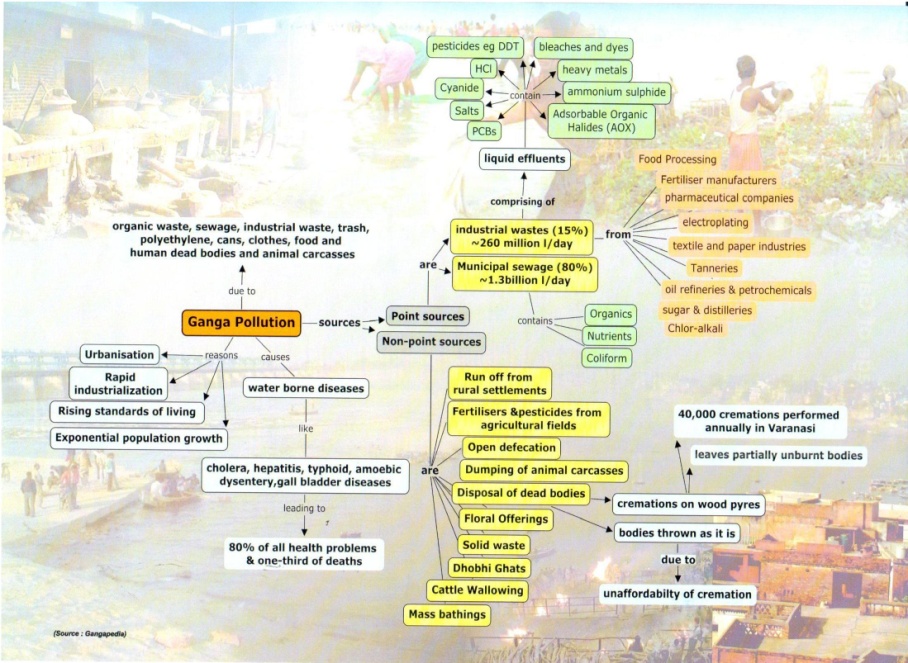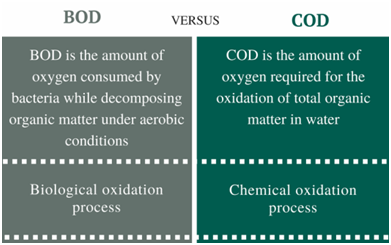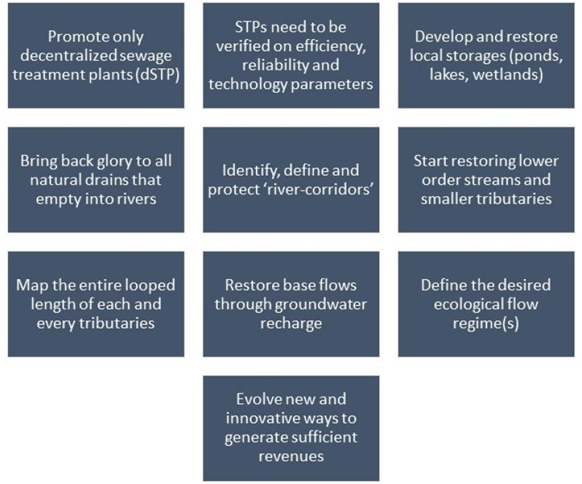Free Courses Sale ends Soon, Get It Now


Free Courses Sale ends Soon, Get It Now



Copyright infringement is not intended
Context: Minister of State for Water Resources, said in the Rajya Sabha that the water quality of the river Ganga is clean enough for bathing and capable for supporting the river ecosystem for almost the entire stretch of the river.
Findings of Central Pollution Control Board Report (2018)

Measures taken by government to clean Ganga:
National Mission for Clean Ganga (NMCG)
Namami Gange Programme’
Way ahead:
10 critical steps to Ganga Revival

© 2024 iasgyan. All right reserved